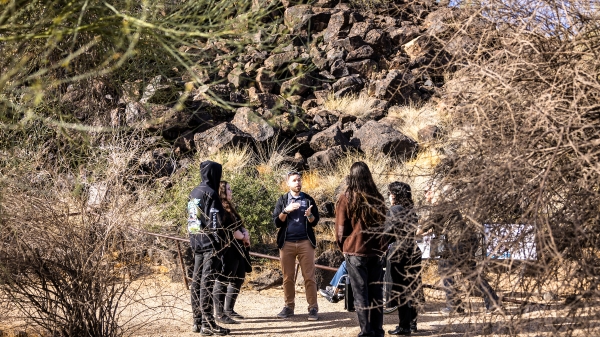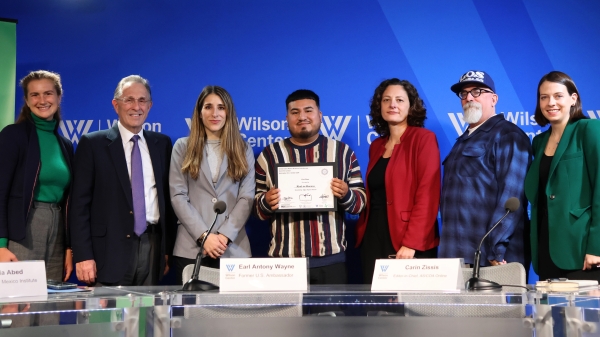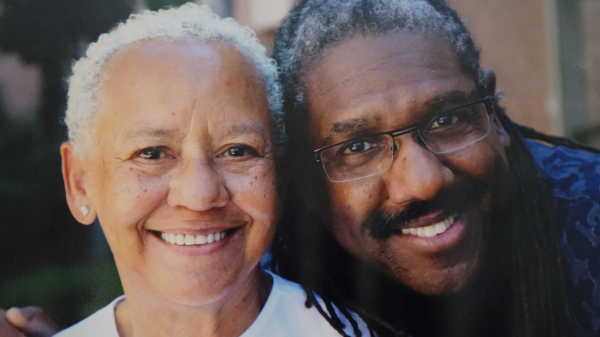ASU professor's book on dance pedagogy receives 2 prestigious awards

Karen Schupp, associate professor and associate director of curriculum and instruction.
Karen Schupp, associate professor and associate director of curriculum and instruction in ASU's School of Music, Dance and Theatre, has been awarded both the Susan W. Stinson Book Award for Dance Education and the Ruth Lovell Murray Book Award for her book “Ethical Dilemmas in Dance Education: Case Studies on Humanizing Dance Pedagogy.”
“I am incredibly honored to have received both of these awards,” Schupp said. “I have always looked up to Sue Stinson and her work in dance education research. Her work and her approach to the work has always inspired me, so for our book to have received an award in her name is especially meaningful. And, to receive national recognition for our book from (the National Dance Education Organization) is amazing. It speaks to the multiple perspectives and voices included in the book and for who the book can reach.”
The book is a first-of-its-kind volume of research-based fictionalized case studies from experts in the field of dance education.
Schupp and co-editor Doug Risner, professor of dance at Wayne State University, examined theory and practice developed from real-world scenarios that call for ethical decision-making. In addition to the essays, the book includes several activities where the reader can reflect on their own practices in relation to what they have read, allowing the readers to self-direct the evolution of their teaching praxis through engaging with the book.
Schupp said that many books in dance education focus on best practices for teaching rather than asking teachers, or student teachers, to consider how they make decisions about teaching. When the focus is on best practices, she said, it is easy to assume that what is best for one type of dance or one group of students is likely best for all, regardless of who is in the room or what is being taught.
“Our goal was to present a collection of essays that would prompt readers to really consider the hows and whys of their teaching and to examine the application of pedagogical theories in real-life scenarios,” Schupp said. “We felt it was important to uncover the ethical dimensions of teaching in a variety of teaching contexts to reveal the hidden complexities of teaching dance and to prompt readers to really reflect on their teaching practices and assumptions about teaching.”
The annual Susan W. Stinson Book Award for Dance Education, named for a leading pioneer in the field of dance education, recognizes nominated book-length publications of excellence in dance education during the current and previous year and honors scholars and researchers who conduct and disseminate exemplary inquiry that advances the field of dance education.
The National Dance Education Organization’s newly established NDEO | Ruth Lovell Murray Book Award honors outstanding book-length publications in dance education and recognizes authors who conduct an exemplary inquiry that advances the field. In recognition of Ruth Lovell Murray, a pioneer in the field of dance education, the annual award honors books published in the English language during 2020 and 2021.
Schupp and Risner began research for the book in 2014 and involved 19 contributors in the case studies.
“I never imagined myself as a book author when I started my career,” Schupp said. “Even though this is my third book, it is still such an amazing process to see a publication come to life, and to see one become nationally recognized is truly an amazing feeling.”
More Arts, humanities and education

Petroglyph preserve celebrates 30th anniversary with ancient, modern tales
The Deer Valley Petroglyph Preserve provides a beautiful walk through a pristine desert where chuckwalla lizards are as plentiful…

Kaleidoscope short film contest inspires powerful binational filmmaking in its second year
“We come to this country not to steal anybody’s jobs but to take advantage of the opportunities that the rest ignore. We’ve been…

ASU's Neal Lester reflects on life, death of poet Nikki Giovanni
When Neal Lester heard on Monday that poet and activist Nikki Giovanni had died, the news hit hard.Lester, the founding director…